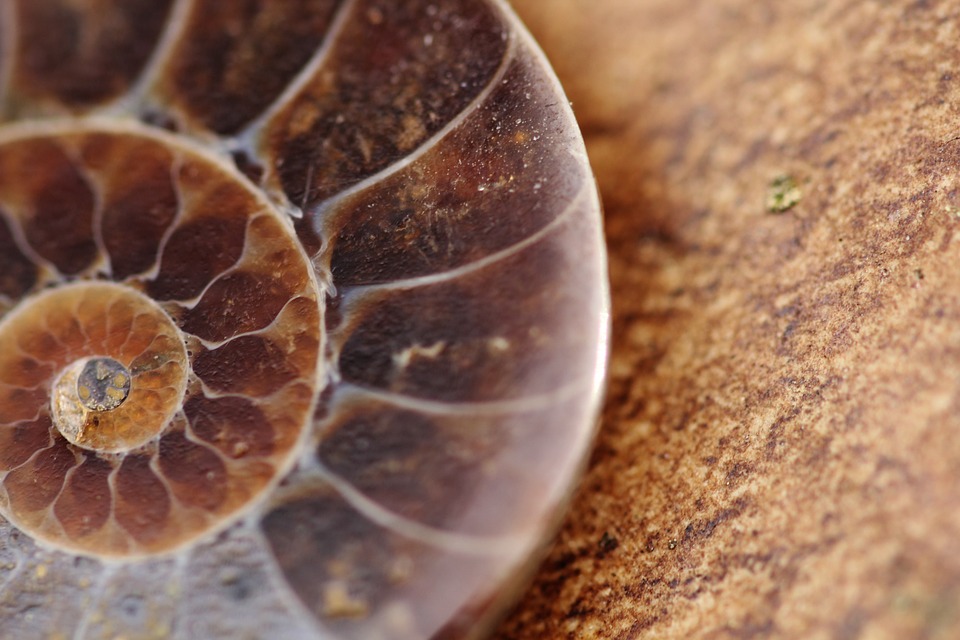Along with the evolution of animals since the age of the dinosaurs, scientists are also on the search for information about how plants have evolved over time. Fortunately, a group of researchers made a breakthrough upon the discovery of a plant fossil.
Express reports that a group of researchers analyzed the fossils that have been stored at the Smithsonian Museum of Natural History for years. It was through examining these fossils that they came across an ancient plant species which is unlike anything seen in the plants today. The study that was conducted at the time mainly focused on how plants reproduced, but the new study hopes to provide some more insight into how plant reproduction has evolved over time.
The researchers looked through around 30 small rock fragments excavated from the Campbellton Formation of New Brunswick in Canada. They were able to find over 80 reproductive structures, and within these structures, they found spores that are known to play a part in plant reproduction. The spores measured between 70 to 200 microns in diameter. What makes this discovery especially significant to the researchers is the varying sizes between the spores.
According to Andrew Leslie, who was the senior author of the study, such discovery of well-preserved spores that can be measured is a rare occurrence. Leslie also noted that in past studies that were conducted, researchers usually see the existence of heterosporous plants, but the latest discovery seems to suggest that at some point in history, there have been more variations of spores in the reproductive aspect.
Previously, scientists were able to make a breakthrough in terms of learning how the human hand developed, and it was through analyzing a fossil of a sea creature millions of years ago. This fossil was of an ancient fish inhabiting the area that is now known as Quebec, in Canada. The researchers that made the discovery referred to the animal as the “missing evolutionary link” and expect that this fish can be able to explain how four-legged vertebrates were able to move towards land from the sea.
According to Flinders University paleontology professor John Long, “This finding pushes back the origin of digits in vertebrates to the fish level, and tells us that the patterning for the vertebrate hand was first developed deep in evolution, just before fishes left the water.”



 Christmas Eve Asteroid' to Skim Past Earth at 14,743 mph Tonight, NASA Warns
Christmas Eve Asteroid' to Skim Past Earth at 14,743 mph Tonight, NASA Warns  Why does everything look flat even though the Earth is round?
Why does everything look flat even though the Earth is round?  Firefighting planes are dumping ocean water on the Los Angeles fires − why using saltwater is typically a last resort
Firefighting planes are dumping ocean water on the Los Angeles fires − why using saltwater is typically a last resort  Human settlement of Mars isn’t as far off as you might think
Human settlement of Mars isn’t as far off as you might think  Some black holes at the centers of galaxies have a buddy − but detecting these binary pairs isn’t easy
Some black holes at the centers of galaxies have a buddy − but detecting these binary pairs isn’t easy  Explosive CIA Whistleblower Claims Havana Syndrome Victims Face Cancer, Dementia, and Government Betrayal
Explosive CIA Whistleblower Claims Havana Syndrome Victims Face Cancer, Dementia, and Government Betrayal  Breakfast Secrets: 'Fiber-rich Foods Are the Key to Weight Loss!' Experts Reveal Shocking Truth
Breakfast Secrets: 'Fiber-rich Foods Are the Key to Weight Loss!' Experts Reveal Shocking Truth  Public Health Experts Warn of ‘Quad-Demic’ as Flu, COVID, RSV, and Norovirus Threaten Winter Surge
Public Health Experts Warn of ‘Quad-Demic’ as Flu, COVID, RSV, and Norovirus Threaten Winter Surge  From dead galaxies to mysterious red dots, here’s what the James Webb telescope has found in just 3 years
From dead galaxies to mysterious red dots, here’s what the James Webb telescope has found in just 3 years  RNA editing is the next frontier in gene therapy – here’s what you need to know
RNA editing is the next frontier in gene therapy – here’s what you need to know  Missing Radioactive Material in New Jersey Sparks Panic — Are Drones ‘Hunting for It’?
Missing Radioactive Material in New Jersey Sparks Panic — Are Drones ‘Hunting for It’?  Just 21 Minutes of Cycling a Day Is 'All You Need' for Total Health, Claims Expert
Just 21 Minutes of Cycling a Day Is 'All You Need' for Total Health, Claims Expert  We’ve found an answer to the puzzle of how the largest galaxies formed
We’ve found an answer to the puzzle of how the largest galaxies formed  SpaceX’s $2.9 Billion Moon Ship Reveals Spacious Design for Future Lunar Missions
SpaceX’s $2.9 Billion Moon Ship Reveals Spacious Design for Future Lunar Missions  Astronomers have pinpointed the origin of mysterious repeating radio bursts from space
Astronomers have pinpointed the origin of mysterious repeating radio bursts from space 





























